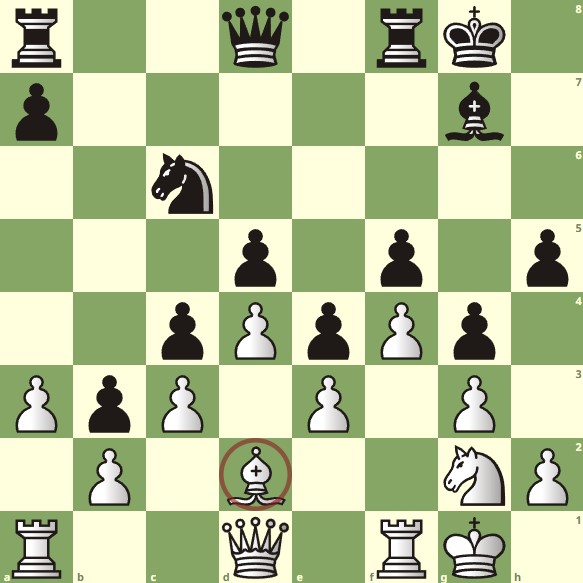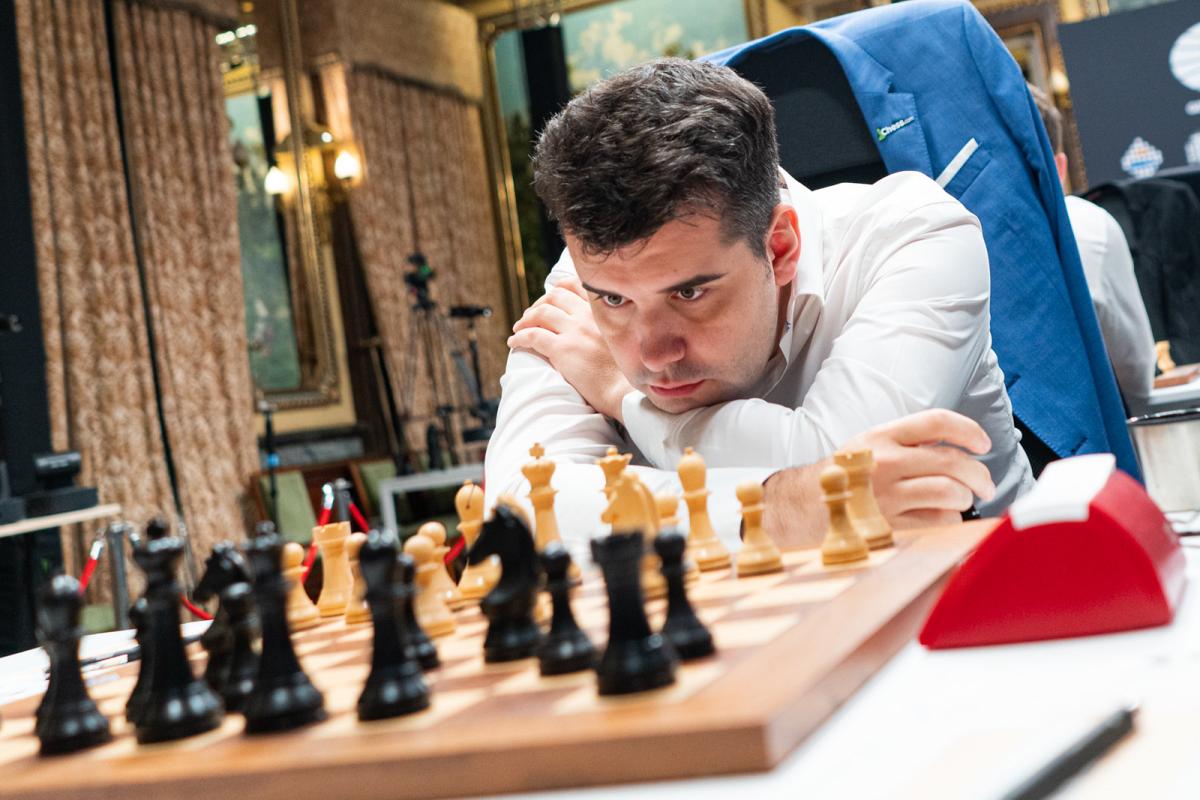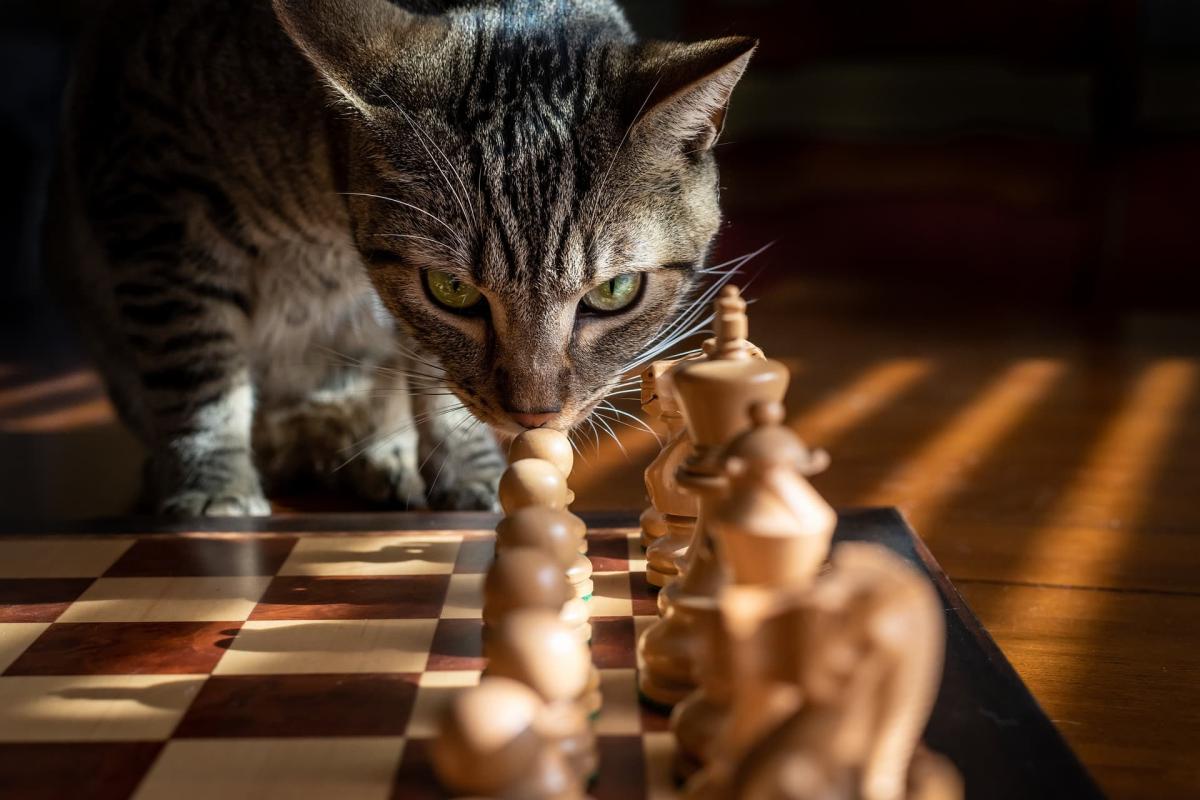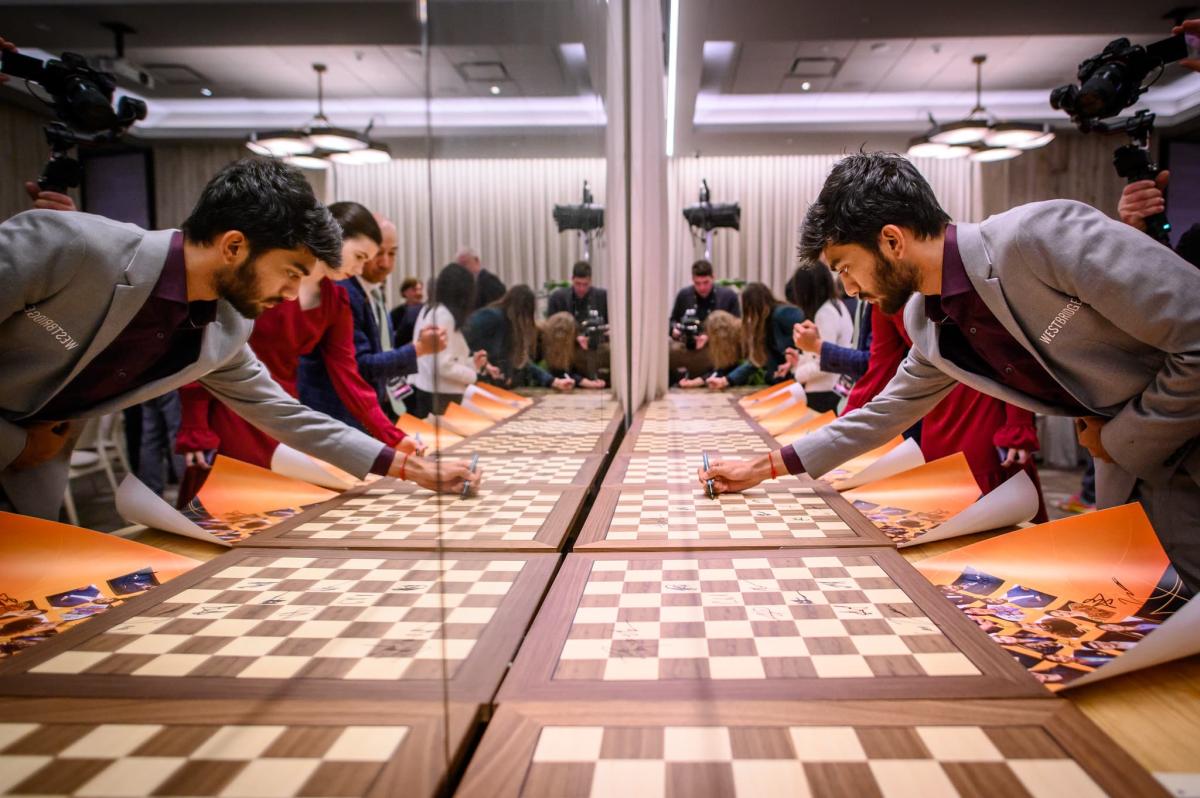Bad bishops are blocked in by their own pawns and lack targets to go after on the enemy’s side of the board, leaving them a restricted and fairly useless piece with little mobility and even less to do. Engineering middlegames and endgames where your opponent is stuck with a bad bishop is a great way to slowly convert a positional victory.
What are good and bad bishops?
Good bishops have ample space to move and enemy pieces to target. As a corollary, bad bishops are stuck behind their own pawns, caged in by pieces on the same color the bishop would be able to move, and have little to do in the game. There is a reason why they are often referred to as “tall pawns,” since they don’t really do much more than a pawn in these situations. This is obviously a huge downside in any chess game, almost as close as you can get to eliminating a piece without actually capturing it.
Here is an example:

Sometimes, it is inevitable that you end up with bad bishops. In openings like the French Defense, Black is pretty deliberate about accepting the downside of the near-useless c8 bishop because other aspects of the gameplan are appealing enough to make it worth this sacrifice. However, this requires a decent understanding of the theory at play, and tangible plans to counteract this deficit. You can’t just walk into a situation where one of your pieces is hobbled from the start.
How to deal with bad bishops in chess
The best thing you can do with a bad bishop is to trade it off for another piece. However, this is quite difficult to engineer because they are usually stuck behind friendly lines. Against lower levels of opposition, it might be enough to just simply offer it up as something to trade for with a knight. Good players will keep the tension and leave you stuck with the poor piece, but less experienced opponents might just help you get rid of the bad bishop by themselves, even offering up a superior piece in the process.
Bad bishops are also not so bad if they are outside your pawn chain. Try to get them out before locking up your pawns, or trade off a pawn or two (with moves like the near-mandatory c5 break in the aforementioned French Defense) to open up some lines.
If none of this works out, then, unfortunately, you are going to have to play defense. The faster the time controls, the less this matters. There is always a blunder in sight! But in the glacial pace of a classical chess match, a bad bishop can spell doom to your chances by itself.












Published: Jun 10, 2022 08:20 pm